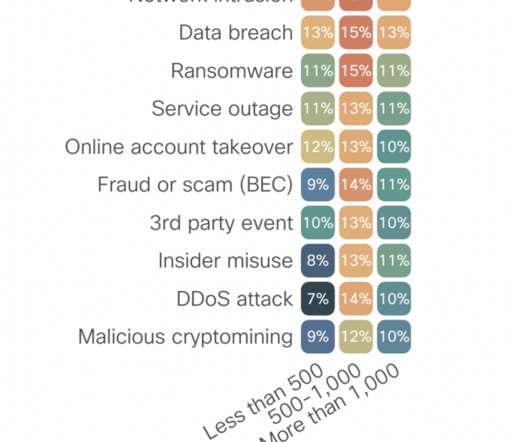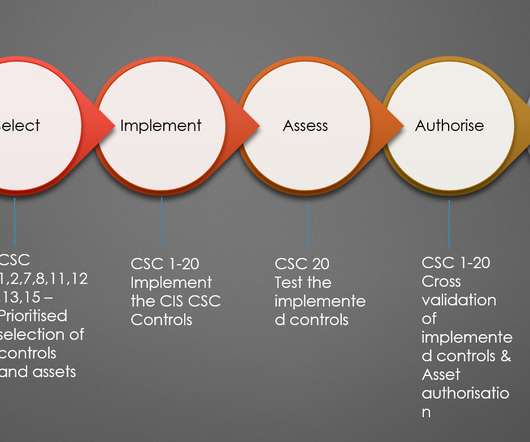How to shift into a new approach to cybersecurity asset management
CyberSecurity Insiders
SEPTEMBER 29, 2021
While many smaller companies might think that data breaches only affect larger enterprises, this is not the case. In fact, 60% of businesses that have experienced a data breach were small businesses. Why is cybersecurity asset management important. Let’s not forget the growing knowledge gap.












Let's personalize your content